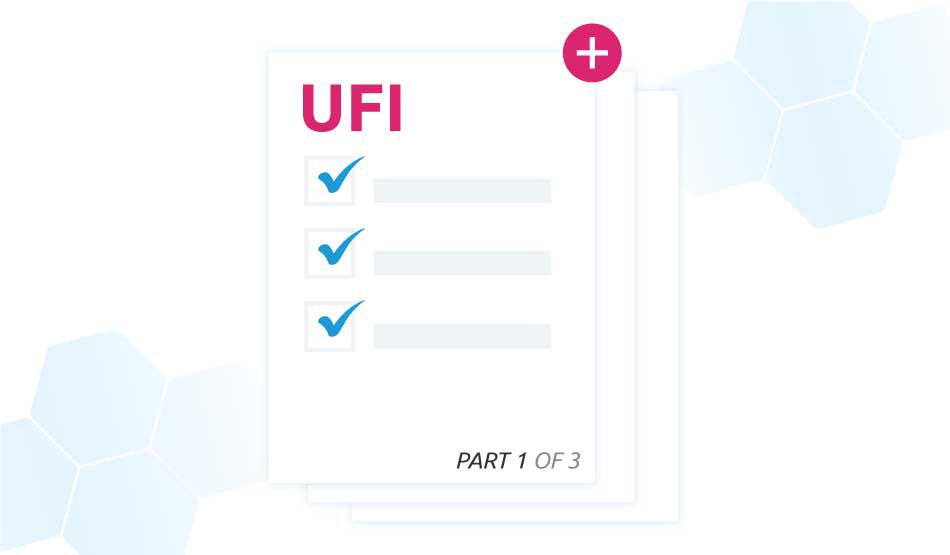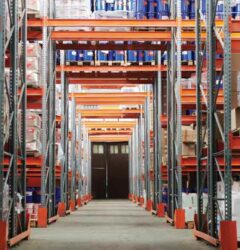03 Nov

In today’s post we will take a look at all the criteria influencing the need to create a new UFI. (For easier understanding and due to the length, the post is divided into three parts – we will take a look at one of the conditions in each individual part).
It is necessary to create a new UFI if the modification of a compound composition fulfills one of the following conditions:
- addition, substitution or removal of one or more ingredients of the compound,
- modification of concentration of an ingredient in the compound exceeding the concentration range stated in the initial submission;
- an exact ingredient concentration has been submitted, followed by modification of the concentration exceeding the ranges stated in Table 3.
Let’s have a look at the first condition (a) in regard to addition, substitution or removal of one or more ingredients of the compound. Two scenarios are possible in this case.
The first scenario, in which ingredients of the compound, classified with health hazards(H3XX) or physical hazards (H2XX), which:
- are present in concentrations equal to or higher than 0,1 %,
- are also defined in concentrations lower than 0.1 %,unless the applicant is able to prove that those ingredients are insignificant for the purposes of providing emergency medical aid and for prevention measures.
For better understanding I am stating a few examples of such modifications and how they influence the UFI:
- 3 % of a new substance containing H319 is added into the compound. In this case, a NEW UFI must be created, because concentration of the new substance in the compound exceeds 0.1 %.
- 0,05 % of a new substance containing H319 is added into the compound. In this case it is not necessary to create a new UFI, because concentration of the new substance in the compound does not exceed 0.1 %.
The second scenario, in which ingredients of the compound change, which are not classified as hazardous based on their health or physical effects, and are defined and present in concentrations equal to or higher than 1 %.
How does this look in practice? Let’s have a look at two examples:
- 3 % of a new substance, which is not classified as hazardous, is added into the compound. A new UFI must be created, because concentration of the new substance in the compound exceeds 1 %.
- 9 % of a new substance, which is not classified as hazardous, is added into the compound. It is not necessary to create a new UFI, because concentration of the new substance in the compound does not exceed 1 %.
With this post, we have broken the ice. The second post in the series on the topic of when is it necessary to create a new UFI will follow soon.



Simona Miklavčič